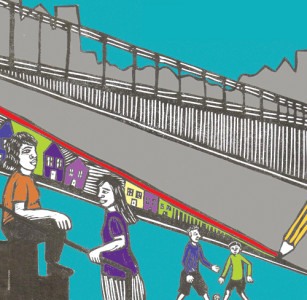
My 1st- and 2nd-grade students wrote a play about Portland, Oregon. It wasn’t about bridges or roses, although both are associated with our city. It was a play about segregation and how people stand up to fight for justice. It began with two things: a question and a belief that little kids can do big work.
One afternoon, as my then 6-year-old son and I headed home from school, he sat in the backseat looking out the window.
“Mom, can I ask you a question?”
“Sure.”
“Why is this part of Portland the only place I see lots of Black people?”
Over the rest of that evening and into the next week, I kept coming back to his question. At that point, my class was at the tail end of a months-long study of the Civil Rights Movement. We had read dozens of picture books, watched several videos, and generated lots of wall charts and posters. But all of our research had been about the South in the 1950s and ’60s. I began to fear that, mixed with the intended messages of this unit, was an unintended message: The fight for racial justice happened long ago and far away, and now it is over. Did my students think racism died when the last “whites only” sign came down? I wondered if talking about the history of the neighborhood was a way I could bring civil rights home for my students.
Roles included with this lesson are:
- African American Homeowner
- White Homeowner
- White Real Estate Agent
- White Banker
- White Mayor
- African American Renter
This lesson was published in the Fall 2012 issue of Rethinking Schools magazine. For more lessons and articles like this one, visit www.rethinkingschools.org.

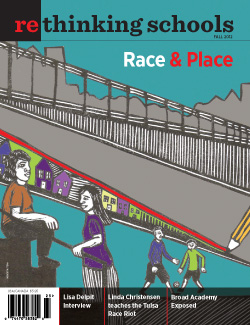

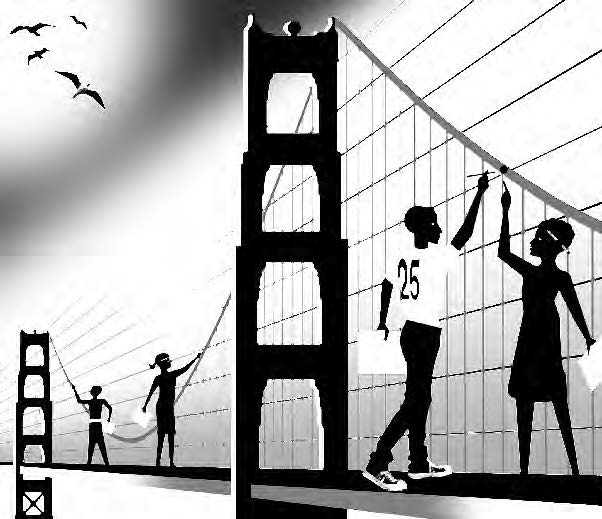
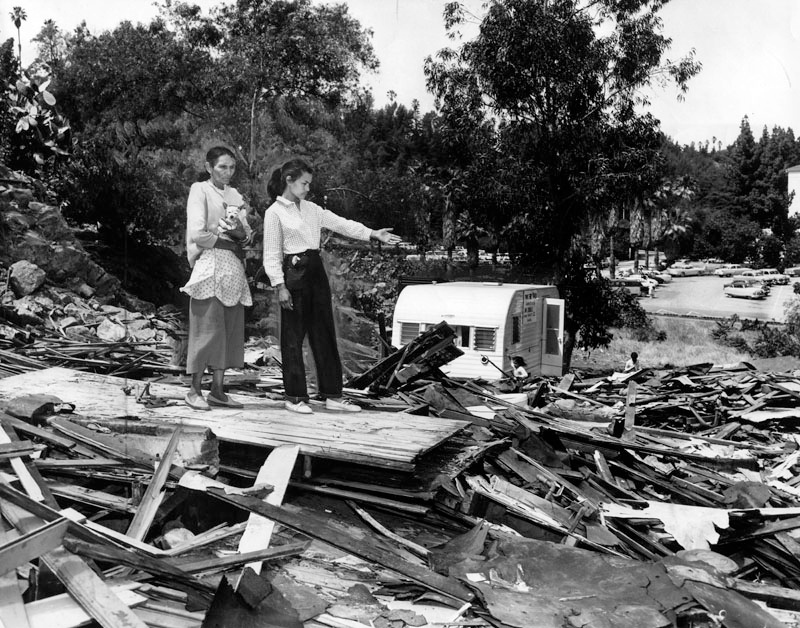
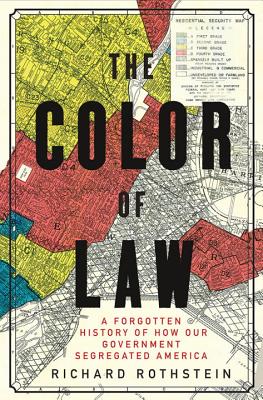






Twitter
Google plus
LinkedIn